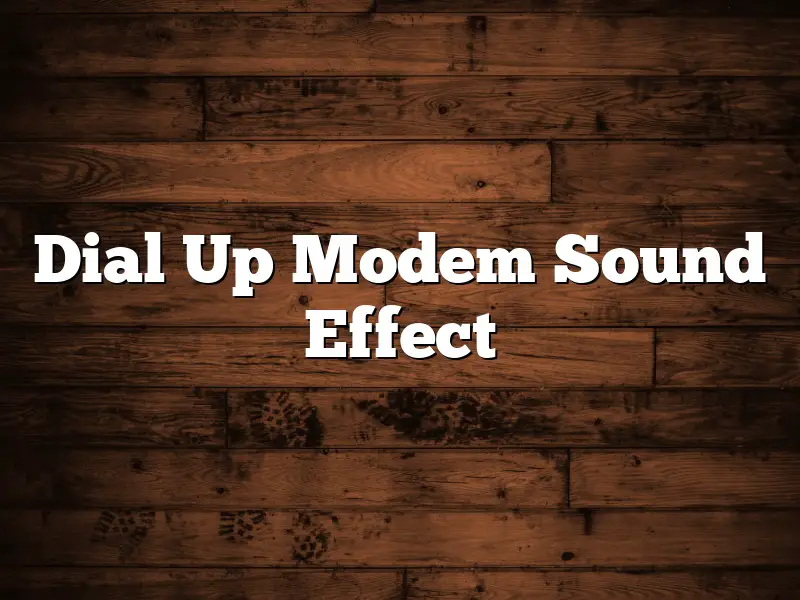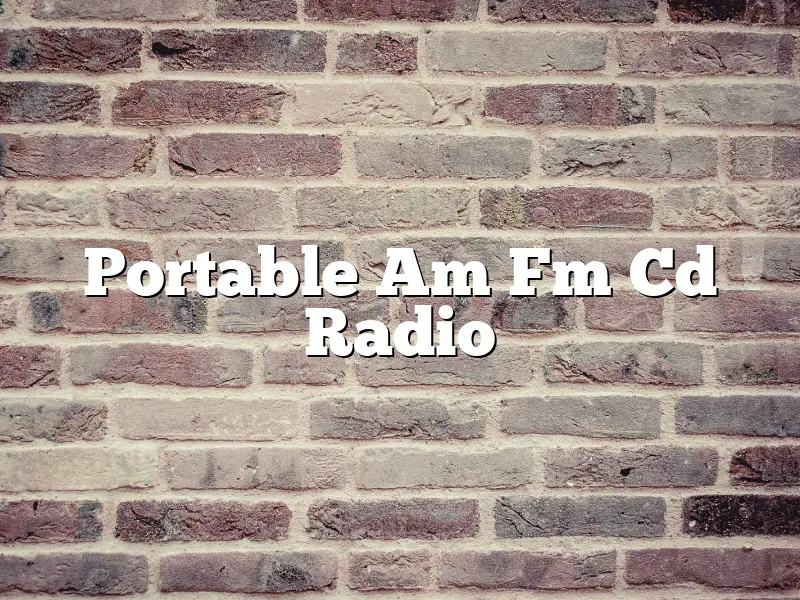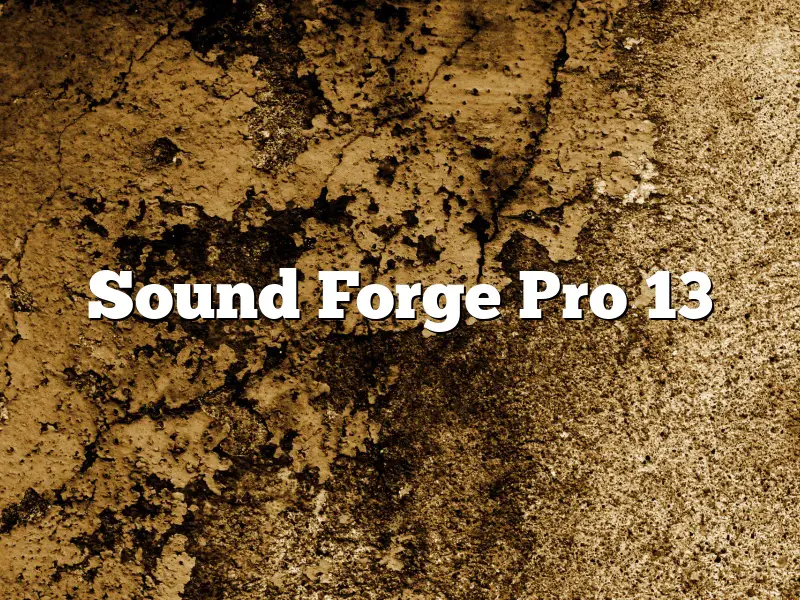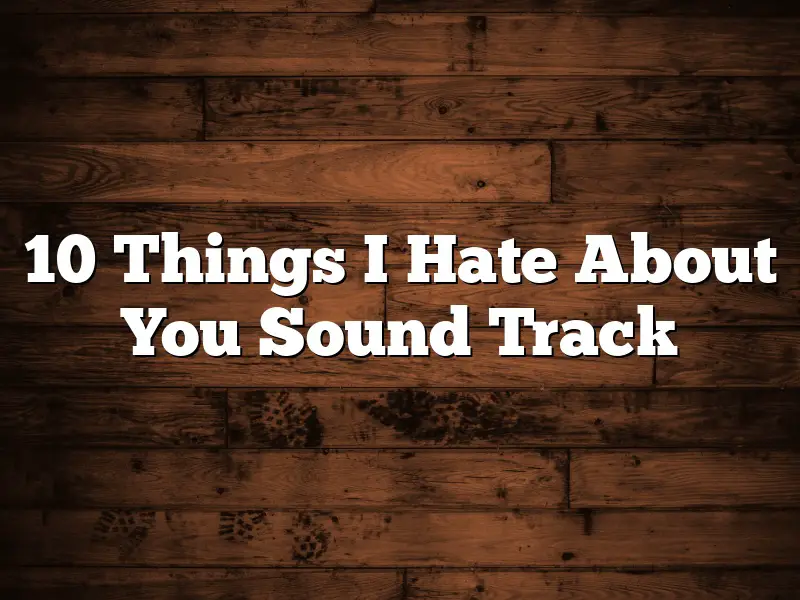Dial up modems are a thing of the past, but for those of us who remember using them, the sound they made is unforgettable. This sound effect was achieved by connecting a telephone handset to the modem and making a sound like you were clicking the handset’s keypad.
There was something both magical and frustrating about dial up modems. They were slow, and the sound they made was irritating, but at the same time, they were a gateway to the world wide web.
The sound of a dial up modem is so nostalgic for many of us that there are even websites and phone apps that can create this sound effect. If you want to reminisce about the good old days or just want to annoy your friends, you can now relive the dial up modem experience anytime, anywhere.
Contents
Why did dial-up modems sound like that?
In the early days of the internet, before broadband became widespread, dial-up modems were the only way to get online. And, boy, did they sound awful!
The distinctive sound of a dial-up modem is the product of a technology called “modem tones.” This involves the use of special tones that are sent over the phone line to communicate with the remote modem.
Back in the early days of the internet, telephone networks were not as sophisticated as they are today. This meant that the only way to send data over the phone line was to use these special tones.
modem tones
As a result, dial-up modems sounded very different from regular phone calls. They produced a harsh, buzzing sound that was notoriously difficult to listen to.
Thankfully, broadband has now replaced dial-up modems as the most common way to get online. And with good reason – broadband is much faster and more reliable than dial-up.
So, why did dial-up modems sound so terrible? The answer is simple: because they had to!
What was dial-up noise?
What was dial-up noise?
Dial-up noise was the sound that was made by a telephone line when it was being used to connect to the internet using a dial-up modem. This noise was caused by the electrical signals that were being sent through the telephone line to and from the modem.
The most common type of dial-up noise was a high-pitched squealing sound, which was caused by the modem sending and receiving data. This noise could be quite loud and was very annoying, especially if you were trying to use the telephone line for a call at the same time.
Other types of dial-up noise could include a humming noise, which was caused by the electrical current running through the telephone line, and a clicking noise, which was caused by the modem connecting and disconnecting from the telephone line.
Dial-up noise was a common problem with dial-up internet connections, and was one of the main reasons why many people switched to broadband connections. However, with the advent of high-speed internet connections, dial-up noise is now a thing of the past.
Does dial-up internet still exist?
Dial-up internet is a form of internet service that uses a telephone line to connect to the internet. It was once the most common way to get online, but it has been largely replaced by broadband connections. However, there are still some areas where dial-up is the only option for getting online.
Dial-up is much slower than broadband, and it can be frustrating to try to do anything that requires a lot of bandwidth, such as streaming video or downloading large files. However, it is still a useful option for people who only need to access the internet occasionally or for people who live in areas where broadband is not available.
There are a few things that people can do to make dial-up more tolerable. For example, they can install software that compresses data, which can help to reduce the amount of time it takes to download files. They can also use a browser that is designed for slower connections, such as Opera Mini.
Despite the slow speeds, dial-up is still a viable option for some people. It is cheaper than broadband, and it is available in areas where broadband is not available. Ultimately, it is up to the individual to decide whether or not dial-up is right for them.
When did we stop using dial-up internet?
When did we stop using dial-up internet?
Dial-up internet access was once the most common way to connect to the internet. However, it has since been replaced by broadband and other high-speed internet options.
Dial-up internet works by connecting your computer to a phone line and using the phone line to send and receive data. This makes it much slower than broadband or other high-speed options.
Dial-up internet was initially popular because it was much cheaper than other options. However, as broadband became more common, dial-up lost its appeal.
Today, dial-up is used mostly by people who live in rural areas or who cannot access broadband.
How slow was the Internet in the 90s?
How slow was the Internet in the 90s?
In the early 1990s, the Internet was still in its infancy. The infrastructure was not as developed as it is today, and speeds were much slower. In fact, in 1991, the average connection speed was only 56 kilobits per second (Kbps).
This was due, in part, to the limited availability of broadband connections. Most people were still using dial-up connections, which provided much slower speeds. Furthermore, the amount of data that could be transmitted over a dial-up connection was limited, so websites were often quite basic.
Another factor that contributed to the slow speeds of the Internet in the 1990s was the lack of competition. There was no Google, no Facebook, and no Amazon. The only major players were AOL and Compuserve, and their services were often slow and unreliable.
By comparison, the speeds of the Internet today are incredibly fast. The average connection speed in the US is now over 100 Mbps, and in some countries, it is even higher. This means that websites can be much more complex, and that users can access a wider range of content.
So, how slow was the Internet in the 1990s? In comparison to today, it was very slow. But, it was still good enough for basic web browsing and emailing.
What does the color green sound like?
What does the color green sound like?
This is a difficult question to answer, as green is not a sound, but rather a color. However, we can discuss some of the ways that green might be interpreted sonically.
One way to think about the sound of green is to consider the environment in which it is found. Green is often associated with nature, and so might be thought to sound like the wind blowing through the trees, the birds singing in the sky, or the rustling of leaves on the ground.
Another way to think about the sound of green is to consider the emotions it might evoke. Green is often seen as a calming color, so it might be thought to sound calming or peaceful.
Ultimately, there is no right or wrong answer to this question, as the sound of green will be different for each person. However, hopefully this article has given you some food for thought on the matter!
What is dial pad tones?
Dial pad tones are the series of beeps and tones you hear when you’re dialing a phone number. They’re used to convey information to the person you’re calling, such as whether you’ve dialed the right number and how long they should wait before they hang up.
There are a few different types of dial pad tones. The most common is the touch tone, which is made up of ten different tones that correspond to different numbers on the keypad. When you press a key on the keypad, it sends a corresponding tone to the other person’s phone.
Another type of dial pad tone is the pulse tone. This is the traditional type of tone that was used before touch tones became popular. It’s made up of short and long beeps, and is still used in some parts of the world.
Finally, there’s the voice tone. This is a series of beeps that are used to indicate to the person you’re calling that you’re speaking, rather than dialing a number. It’s usually used when you’re calling someone who’s on a call or doesn’t have a phone that supports touch tones.
Dial pad tones are used to convey information to the person you’re calling, such as whether you’ve dialed the right number and how long they should wait before they hang up.





